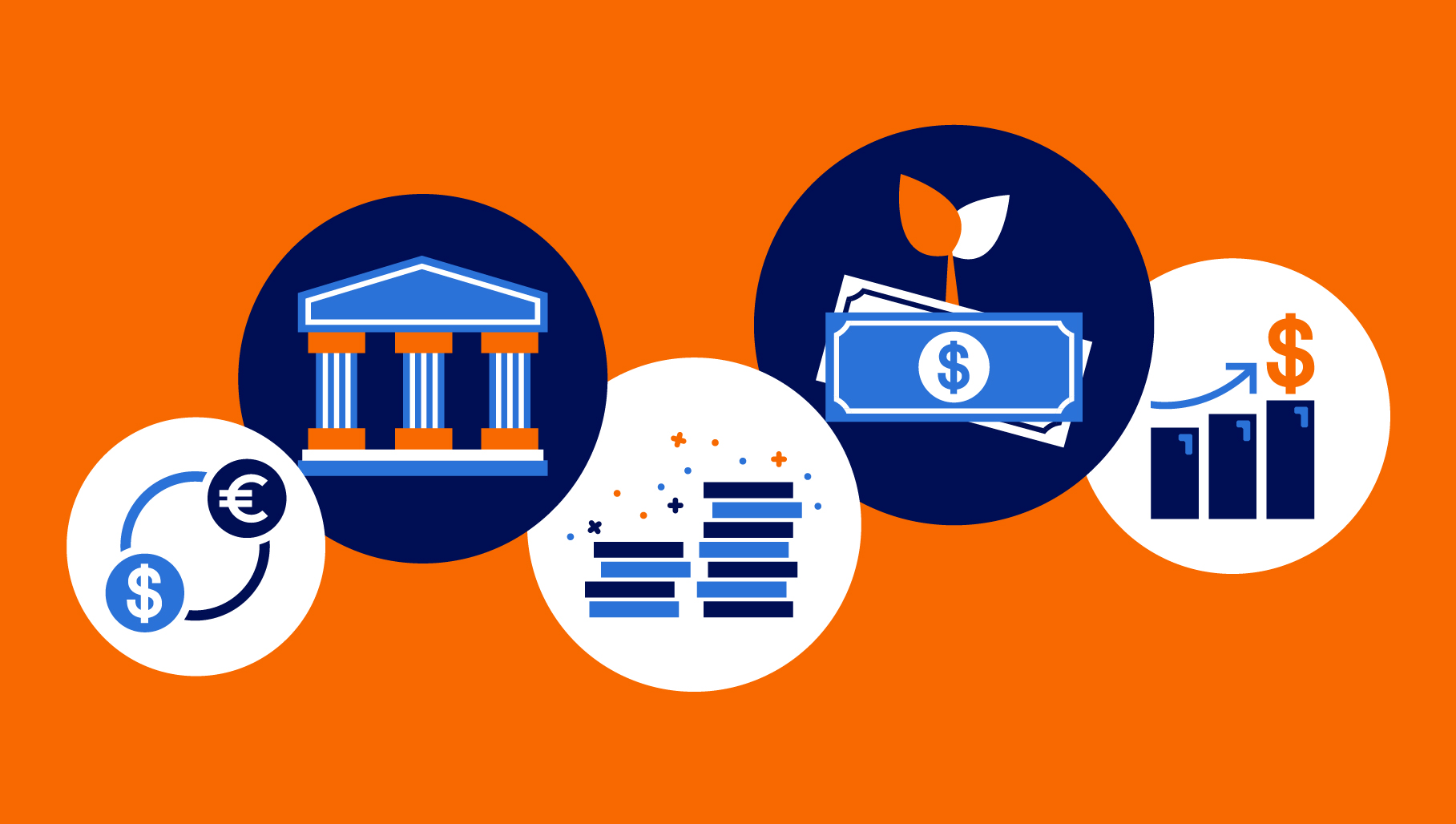Can Aggregate Market Return Expectations be Inferred From the Cross-Section of Stock Prices and Accounting Quantities Such as Earnings and Book Values?

Associate Professor of Accounting Craig Nichols, Professor of Finance David Weinbaum and Turan G. Bali, Robert S. Parker Chair Professor of Business Administration at Georgetown University’s McDonough School of Business, have developed a new model for estimating market-wide long-term discount rates.
Generally, stock prices reflect a discount rate applied to expected future cash flows. For a large basket of stocks, the discount rate for the basket reflects aggregate, economy-wide risks and investors’ appetites for bearing those risks. Although researchers, investors, professionals and others have an interest in the determinants of aggregate risks and risk attitudes, and how they change over time, research in this area is limited by lack of sound measures of the aggregate discount rate, Nichols says. “One of the key problems is that we can’t identify it, it’s not traded in the market, there’s no security or market price that reflects it perfectly,” he says. “There’s a history among the community of researchers, practitioners, investors of grappling with the best way to measure this.”
In their forthcoming article in the Journal of Financial and Quantitative Analysis, the researchers contribute a novel approach to inferring broad equity market discount rates from the way equity investors price fundamental value drivers from a company’s financial statements—such as earnings, the book value of shareholders equity, dividends—in a representative cross-section of stocks.
The researchers are not the first to attempt to measure market-wide discount rates for stocks. While many investors and academics look at time-series averages—the average realized returns for the market in the recent past—the past may not be a good representation of prevailing market conditions, market risks or risk attitudes. Another, forward-looking type of model estimates the discount rate based on current stock prices and analysts’ forecasts for future earnings.
“We incorporate the most popular and the most successful candidates from that class into our research design,” Nichols says. “But we're only going to make a contribution to the extent that we can show that the new measure actually provides incremental explanatory power over other measures that are trying to do the same thing.” When Nichols and his colleagues ran the model through a battery of traditional and newly developed tests, they were pleased to find that, indeed, it did—in many cases “in a substantial and economically significant way,” he says.
Nichols hopes to develop further uses of the new measure. “What would be most satisfying is to have a cohesive approach that allows one to measure both the discount rates and shocks to discount rates as well as cash flow expectations and shocks to cash flow expectations,” he says.
Bali, T.G., Nichols, D. C., and Weinbaum, D., Inferring Aggregate Market Expectations from the Cross-Section of Stock Prices, Journal of Financial and Quantitative Analysis, forthcoming.


